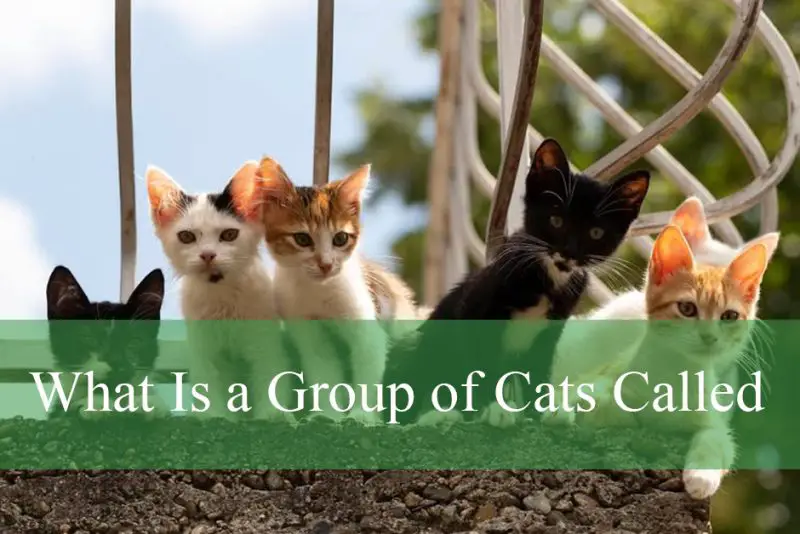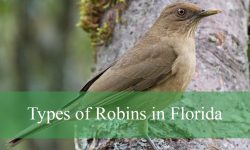Cats have captivated humans for thousands of years with their mysterious personalities, graceful movements, and independent nature. Whether beloved household pets or elusive feral cats roaming urban alleys, these fascinating creatures spark endless curiosity. One question that often piques interest is: what is a group of cats called?
This article explores the intriguing collective noun for cats, along with fun facts about their social behavior, history, and cultural significance. Prepare to dive into the world of cat collectives and discover amazing insights about these enchanting animals.
Understanding Cats and Their Social Behavior

Cats belong to the family Felidae, a diverse group that includes both the domestic cat (Felis catus) and numerous wild species. Unlike many other animals, domestic cats often exhibit a mix of solitary and social behaviors. While they can live independently, they are also capable of forming close-knit groups, especially in environments where food and shelter are plentiful.
The social structure of cats varies widely depending on factors such as breed, environment, and individual temperament. Feral cats, for example, tend to form colonies with hierarchical relationships, sharing resources and raising kittens cooperatively. These colonies exhibit remarkable social dynamics that differ from the more independent image often associated with felines.
The Collective Noun for a Group of Cats
English is rich in imaginative and sometimes poetic collective nouns for groups of animals. For cats, the traditional and most commonly recognized collective noun is a “clowder.” This unusual term often surprises people unfamiliar with the language’s quirky animal group names.
Origin of the Word “Clowder”
The word “clowder” originates from Middle English and has been used for centuries to describe a group of domestic cats. Unlike more familiar terms such as a “pack” of wolves or a “flock” of birds, “clowder” evokes a certain charm and mystery befitting the enigmatic nature of cats.
Other Collective Nouns for Cats
In addition to “clowder,” other less common terms have been used historically, including a “glaring” of cats. The term “glaring” references the intense, focused look that cats can direct at one another or at potential threats. While “clowder” is the most accepted term today, “glaring” still finds use in literary and whimsical contexts.
How Cats Interact in Groups
Despite their reputation for independence, cats are quite capable of forming social groups. In feral cat colonies, members communicate through vocalizations, scent marking, and body language. Within these colonies, cats may share territory, groom each other, and cooperate in rearing young.
Influence of Resources on Group Dynamics
The dynamics of a cat group depend largely on available resources. When food is abundant, cats tolerate each other more easily, resulting in larger, more cohesive groups. Conversely, scarcity of resources can lead to increased competition and territorial disputes.
Social Behavior in Domestic Multi-Cat Households
Domestic cats living in multi-cat households also exhibit interesting social behaviors. They form complex hierarchies that often manifest through subtle signs, such as who eats first, who claims favorite resting spots, or who initiates play. Some cats become lifelong companions, while others maintain a more distant coexistence.
The History and Evolution of Cat Sociality
Cats’ ancestors were primarily solitary hunters, but the domestication process influenced their social behavior. Thousands of years ago, wildcats began frequenting human settlements to scavenge food, gradually adapting to living alongside people and other cats.
Development of Social Tendencies
This shift allowed cats to develop more social tendencies, especially in feral colonies near human habitats. The ability to coexist and cooperate offered survival advantages, fostering social bonds that can be observed in present-day cat groups.
Scientific Discoveries on Cat Social Intelligence
Scientific studies have shown that cats can recognize individual members of their group, remember past interactions, and adjust their behavior accordingly. These findings challenge the stereotype of cats as purely solitary and highlight their adaptability as social animals.
Fun Facts About Cat Groups
Cats possess many fascinating traits related to their group behavior. For example, grooming is not only a means of hygiene but also a social activity that strengthens bonds within a clowder. Cats often groom family members or close associates more frequently, signaling trust and affection.
The Role of Play in Social Interaction
Play is another crucial aspect of social interaction. Kittens and adult cats engage in chasing, pouncing, and wrestling, which help develop hunting skills and reinforce relationships. Even solitary cats benefit from interactive play, which can mimic social engagement.
Communication Methods Among Cats
Communication within a group is rich and nuanced. Cats use a variety of vocalizations such as meows, purrs, hisses, and growls, each conveying different messages. Body language—tail position, ear orientation, and eye contact—also plays a vital role in maintaining harmony or signaling conflict.
Additionally, cats have highly developed senses that aid their social interactions. Their keen hearing and vision allow them to detect subtle changes in their environment and respond appropriately to other cats’ behaviors.
Cultural Significance of Cat Groups
Cats have featured prominently in art, literature, and mythology throughout history. Their social nature and mysterious demeanor have inspired countless stories and symbols.
Ancient Egypt and Cats
In ancient Egypt, cats were revered and often depicted in groups, symbolizing protection and fertility. The goddess Bastet, often portrayed as a lioness or a woman with a cat’s head, embodied these qualities.
Folklore and Superstitions
Folklore from different parts of the world frequently mentions groups of cats, sometimes associating them with supernatural powers. For instance, black cats in groups have been linked to witchcraft and magical gatherings in European traditions.
In modern culture, groups of cats often symbolize comfort, companionship, and even mischief. Popular media sometimes humorously depict “cat gangs” or “clowders” plotting adventures, reflecting the social and playful sides of cats.
How to Observe Cat Groups Responsibly
For those interested in watching cat groups, whether feral colonies or multi-cat households, it is essential to approach with respect and care.
Observing Feral Cats
Feral cats should not be disturbed unnecessarily. Observing from a distance allows you to appreciate their social interactions without causing stress. Providing food or shelter to feral cats is best done through coordinated community efforts or animal welfare organizations.
Caring for Domestic Multi-Cat Households
In domestic settings, understanding cat social behavior can improve the quality of life for multiple-cat households. Providing sufficient resources such as food bowls, litter boxes, and resting places can reduce tension and promote harmony.
Recognizing the signs of social stress or conflict is important for caretakers to intervene appropriately, ensuring the well-being of all cats involved.
The Science Behind Cat Group Dynamics
Researchers continue to uncover the complexity of cat social groups through scientific observation and experiments. Studies have documented how cats use spatial memory to navigate their territories and remember interactions with other cats.
Kinship and Social Cohesion
Genetic research has revealed that feral colonies often consist of related individuals, strengthening social cohesion. Kinship influences tolerance and cooperation among members, similar to patterns seen in other social mammals.
Social Learning Among Cats
Behavioral experiments demonstrate that cats can learn from one another, showing social learning abilities that enhance group survival. For example, cats may observe where others find food or avoid danger, adapting their behavior accordingly.
These scientific insights emphasize that cats are far more socially sophisticated than traditionally believed.
Comparing Cat Groups to Other Animal Collectives
Unlike pack animals such as wolves or highly social primates, cats exhibit a flexible social system. Their groups, or clowders, are less rigid and more dependent on environmental conditions.
This adaptability allows cats to thrive in diverse habitats, from urban neighborhoods to rural landscapes. While not obligate social animals, cats benefit from group living when conditions favor cooperation.
The contrast between cat social groups and other animal collectives highlights the unique balance cats maintain between independence and sociality. This balance contributes to their success as both wild and domesticated species.
FAQs About What Is a Group of Cats Called
What is a group of cats called?
A group of cats is traditionally called a clowder. This unique and somewhat poetic term has been used for centuries to describe multiple domestic cats living or gathering together.
Are there other names for a group of cats?
Yes, besides “clowder,” a group of cats can also be called a glaring, which refers to the intense look cats sometimes give each other. However, “clowder” remains the most commonly used term.
Do cats naturally live in groups?
While domestic cats are often thought of as solitary animals, feral cats frequently form colonies with complex social interactions, sharing territory and cooperating in raising kittens.
How do cats communicate within a group?
Cats use a variety of vocalizations such as meowing, purring, hissing, and growling to communicate. They also rely heavily on body language, including tail position, ear movement, and eye contact.
Can domestic cats live peacefully in multi-cat households?
Yes, many domestic cats can coexist peacefully, especially when resources like food bowls, litter boxes, and resting spots are plentiful. Understanding cat social behavior helps reduce conflicts and promotes harmony.
Conclusion
In summary, the answer to what is a group of cats called? is a “clowder.” This charming and somewhat mysterious term perfectly suits the complex social nature of cats.
Beyond the name, cats’ group behavior reveals fascinating adaptations, from cooperative feral colonies to intricate multi-cat households. Their social interactions encompass grooming, play, communication, and hierarchy, demonstrating intelligence and emotional depth.
Cats continue to inspire wonder in people worldwide, and understanding their social lives enriches our appreciation of these enchanting creatures. Whether you encounter a clowder in your neighborhood or watch your own cats interact at home, you witness a remarkable display of feline sociality.






